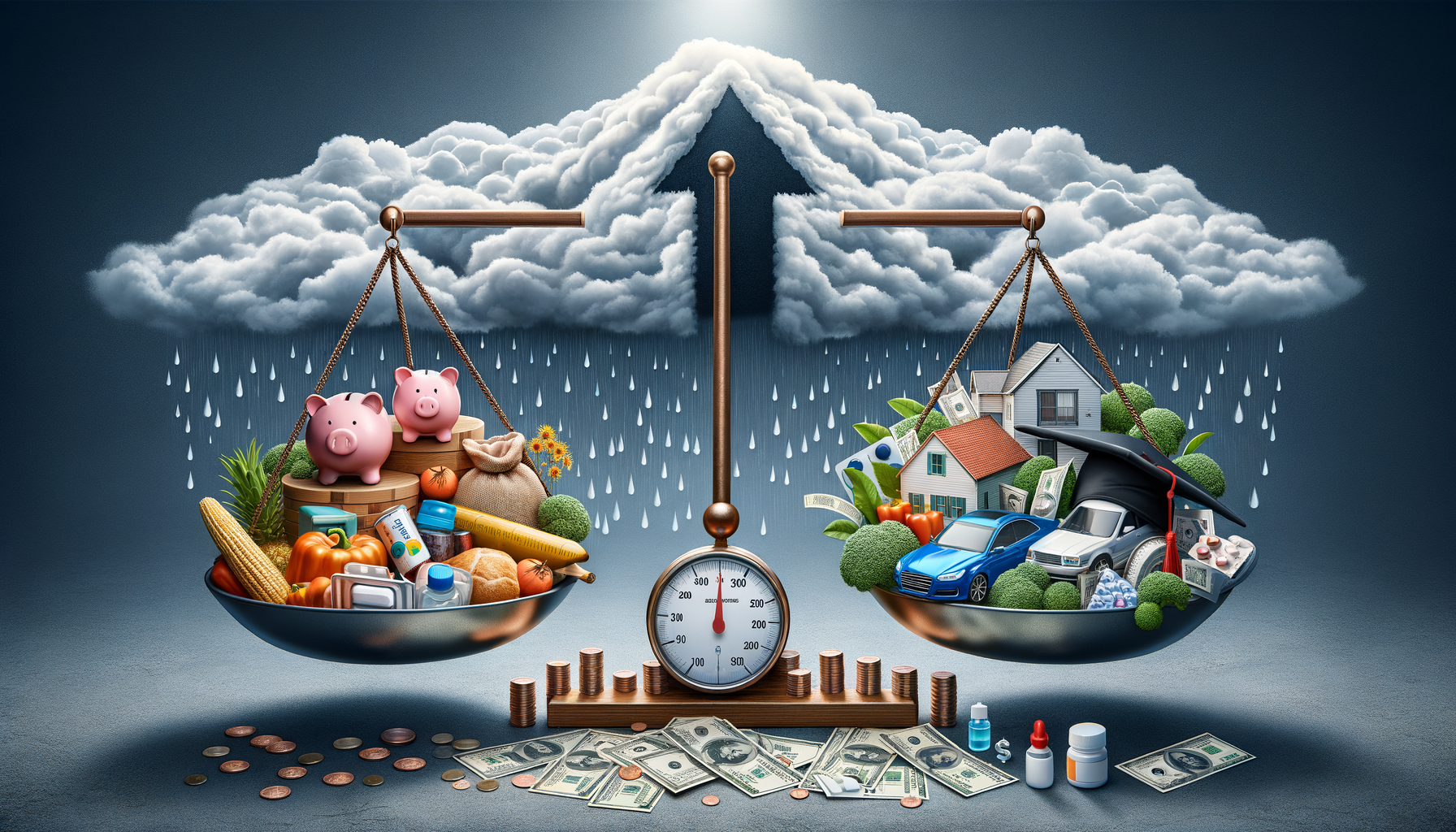“Analyzing the Surprising Strength of December’s Inflation Rate: A Deep Dive”

In recent times, economic trends have given rise to multiple uncertainties, turning everyone into a part-time economist. Notably, December’s inflation data has landed. Surprisingly, it demonstrated a more significant increase than what most experts in the field predicted, underscoring the growing concern regarding the cost of living across the nation.
Previously, many economists predicted a moderation in inflation on the horizon. However, December’s data proved those predictions wrong, showing the robust nature of inflation in current times. The Consumer Price Index (CPI), which is generally used to measure the average change over time in the prices paid by urban consumers, increased by 0.5% in December. This data was released by the Bureau of Labor Statistics (BLS).
Granted, not every single consumer felt this impact directly, but its effects have undeniably been widespread. The increase in inflation cut across many goods and services, ranging from food, housing, apparel, transportation, medical care to education. Though some economists have claimed this surge is transitory, many households are experiencing the brunt of it daily.
The index for all items (excluding volatile food and energy categories), also known as the “core CPI,” increased by approximately 0.6% in December—higher than initially predicted. The consensus expectation was for a 0.4% increase. Observing the data over a broader period, the total CPI rose by 7% in 2021, compared to 1.4% in 2020—an obvious accelerated uptick in inflation. This uptick is consistent with the 7% year-to-year increase recorded in November 2021.
Furthermore, the core CPI index rose by 5.5% over 2021, compared to a 1.6% increase in 2020. This core price increase marks the largest 12-month increase since the period ending February 1991.
Many factors have contributed to this increase, a notable one being supply-chain disruptions. Until these continue to get resolved, prices on various goods and services are likely to remain high. Meanwhile, consumer demand is healthy due to the accumulated savings and wages following the pandemic. For traditional economists and policymakers, these dynamics are challenging their conventional wisdom on inflation.
Rising inflation, rather than being a temporary post-pandemic shake-out, as served by various pundits, is now broadly perceived as continuing into 2023. The persistence of inflation is likely to force the policymakers at the Federal Reserve to adopt a more aggressive stance to control the inflation surge. An increase in interest rates is seen as a viable move to tighten monetary policy, thereby controlling inflation.
Following December’s data release, the Federal Reserve’s “dot plot” projections show that most members of the committees are anticipating three interest-rate hikes in 2022, which is a significant difference from the earlier anticipation of zero or one rate hike. This increased activity is expected to continue into 2023 with three or possibly more increases.
Increased interest rates often bring about a mixed bag for consumers. On the one hand, savers benefit because they receive higher returns on their investments. Conversely, borrowers feel the pinch as lending rates increase, making services like mortgages, auto loans, and credit cards substantially more costly.
In the housing market, the effect can be particularly felt. An increase in the Federal funds’ rate eventually translates into an increase in long-term mortgage rates. While they don’t mirror each other exactly, the relationship is evident. Higher mortgage rates mean higher monthly payments, which could potentially price many prospective home buyers out of the market, especially first-time buyers who are often more price-sensitive.
In response, many housing market stakeholders and investors are already making strategic adjustments, waiting to see how this situation unfolds before making pivotal moves. For example, homebuilders are weighing construction costs with anticipated increases in interest rates, potentially slowing new home building initiatives.
There might be some glimmers of hope for consumers, though. Some economic experts suggest that the noticeable increases in wages across industries might offset the pain of rising costs. Indeed, last year saw significant wage gains, especially in the leisure and hospitality industries, which were hit hardest by the pandemic.
Finally, while all eyes are on Federal interest rates and inflation, the impact of these factors forms just part of a much larger, complex story of today’s economy. They do not function in isolation. Multiple other influences, such as geopolitical tensions, technological advancements, resource scarcity, and a still-evolving pandemic, are also whipping up the economic mix.
In this turbulent climate, staying informed is critical for anyone intending to understand personal finances or for those simply playing their part as responsible citizens. However, understanding the broader economic picture can often feel out of reach and overwhelming for many.
To conclude, while uncertainty generally provokes anxiety, it also invites exploration and potential growth. The world is looking to experts to provide answers about where the economy is going, but also leans on every individual’s resourcefulness to navigate these troubled waters. The answers may not be as concrete as some would hope, but knowledge, after all, is power.
